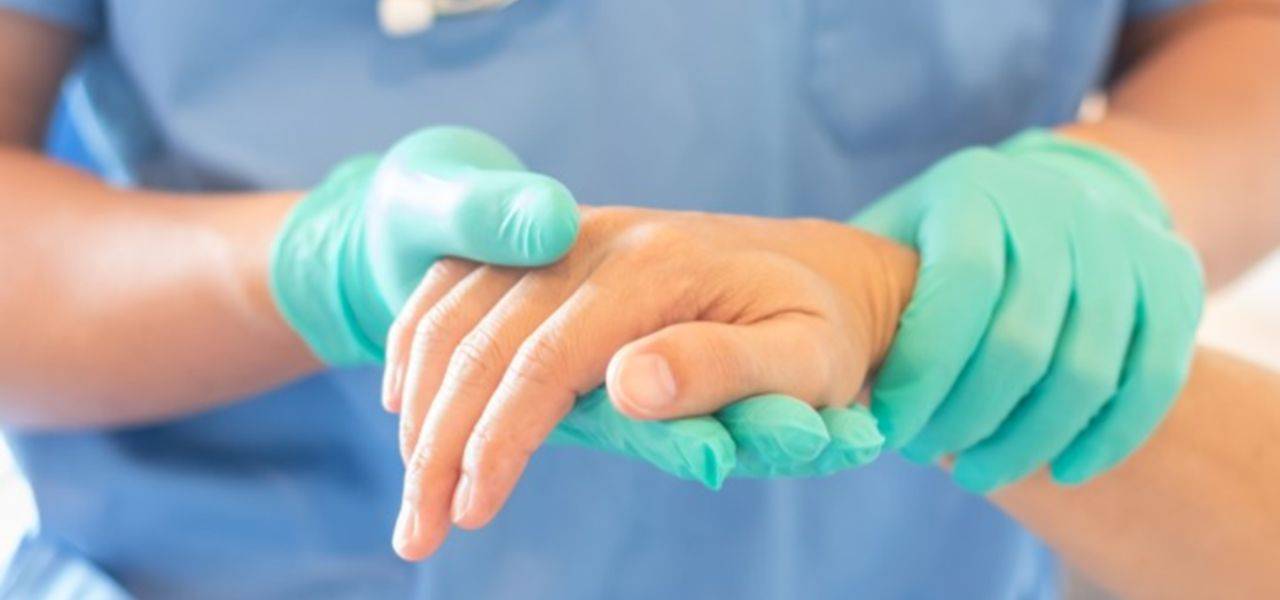Healthcare workers must prioritize infection control, safety, and patient care. These safeguards protect healthcare staff and patients, creating a safe and comfortable atmosphere. Infection prevention starts with good hand hygiene. Healthcare workers must wash their hands before and after patient contact, after touching potentially contaminated surfaces, and between jobs. Infections are reduced by this practice.
- PPE: Proper PPE use reduces infectious agent exposure. As needed, healthcare workers should use gloves, masks, gowns, and eyewear.
- Cough Etiquette and Respiratory Hygiene: Teaching patients to cover their mouth and nose when coughing or sneezing helps prevent respiratory illnesses.
- Isolation Precautions: To stop germs, isolate infectious patients. Patients and healthcare providers must follow isolation protocols, including safeguards and PPE.
- Environmental Cleaning: Thoroughly cleaning and disinfecting patient care areas, equipment, and surfaces reduces healthcare-associated infections. Cleaning methods and prioritizing high-touch surfaces provide healthcare safety.
- Continual Training and Education: Healthcare staff receives ongoing training on infection control, safety, and patient care advances to promote continual progress and vigilance.

Healthcare providers must use proper patient transfer and repositioning strategies to avoid musculoskeletal injuries. Mechanical lifting aids and good body mechanics during patient handling protect patients and healthcare providers.
In conclusion, patient care requires infection control, safety, and communication. Healthcare practitioners establish a safe environment that improves patient care and reduces the risk of adverse events and infections by prioritising these precautions.
Understanding patient rights and relevant laws empowers medical practitioners to develop a secure and caring environment both for patients and healthcare workers. For a complete understanding of medical law and patient rights explore the course – Legal Mastery for Medicos.


